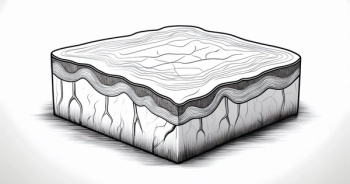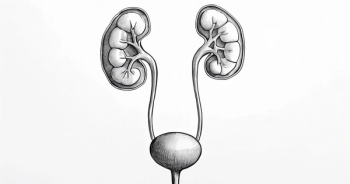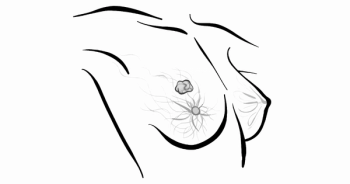
5-Year Data Supports Nadofaragene Firadenovec in BCG-Unresponsive NMIBC
Vikram Narayan, MD, discusses the significance of the 5-year overall survival and cystectomy-free survival rates of nadofaragene firadenovec-vncg in treating patients with high-risk, BCG-unresponsive non-muscle invasive bladder cancer.
Vikram Narayan, MD, director of Urological Oncology at Grady Memorial Hospital and an assistant professor in the Department of Urology at Emory University School of Medicine at Winship Cancer Institute, discusses the significance of the 5-year overall survival (OS) and cystectomy-free survival (CFS) rates of nadofaragene firadenovec-vncg (Adstiladrin) in treating patients with high-risk, BCG-unresponsive non–muscle-invasive bladder cancer (NMIBC).
Findings come from a long-term analysis of the phase 3 Study CS-003 trial (NCT02773849) which included 157 patients enrolled in 1 of 2 cohorts. The first cohort included patients with carcinoma in situ (CIS) ± Ta/T1 (n = 107) and the second consisted of patients with high-grade Ta/T1 without CIS (n = 50). The 5-year efficacy analysis included 103 patients from the first cohort and 48 patients from the second.
Notably, the 5-year OS rates at a median follow-up of 50.8 months (interquartile range, 39.1-60.0) for all treated patients was 76.3% (95% CI, 64.6-84.5) and 85.9% (95% CI, 70.9-93.5) in each cohort, respectively. CFS rates at 60 months were 43.2% (95% CI, 32.2-53.7) and 58.7% (95% CI, 43.1-71.4), showing nadofaragene firadenovec to maintain its efficacy in high-risk, BCG-unresponsive NMIBC.
Transcription:
0:09 | This was, as you probably know, the 5-year follow-up data from our clinical trial, the phase 3 trial that was conducted, and we reported out 1-year results several years ago, which led to the FDA approval of nadofaragene firadenovec for BCG-unresponsive, non-muscle invasive bladder cancer. This provides 5 years of follow-up data for this kind of new class of drug, this gene therapy that is delivered in the bladder for patients who have this condition that has historically been very difficult to treat outside of something like radical cystectomy, or some kind of intravesical chemotherapy. The significance is that it provides long-term follow-up, so 5 years of data.
1:00 | With respect to cystectomy-free survival, the main sort of topline takeaways are that nadofaragene seems to allow bladder preservation in nearly half of patients in the CIS cohort, and about two thirds of patients in the Ta/T1 cohort. Now, I will say that it is hard to necessarily attribute the fact that these patients avoided cystectomy, completely to nadofaragene. As you are probably aware, patients who recurred were allowed to go on to other treatments at the discretion of their treating physician, but it does provide some information as to the safety of offering alternatives to cystectomy in this patient population, in kind of well selected cases.









































